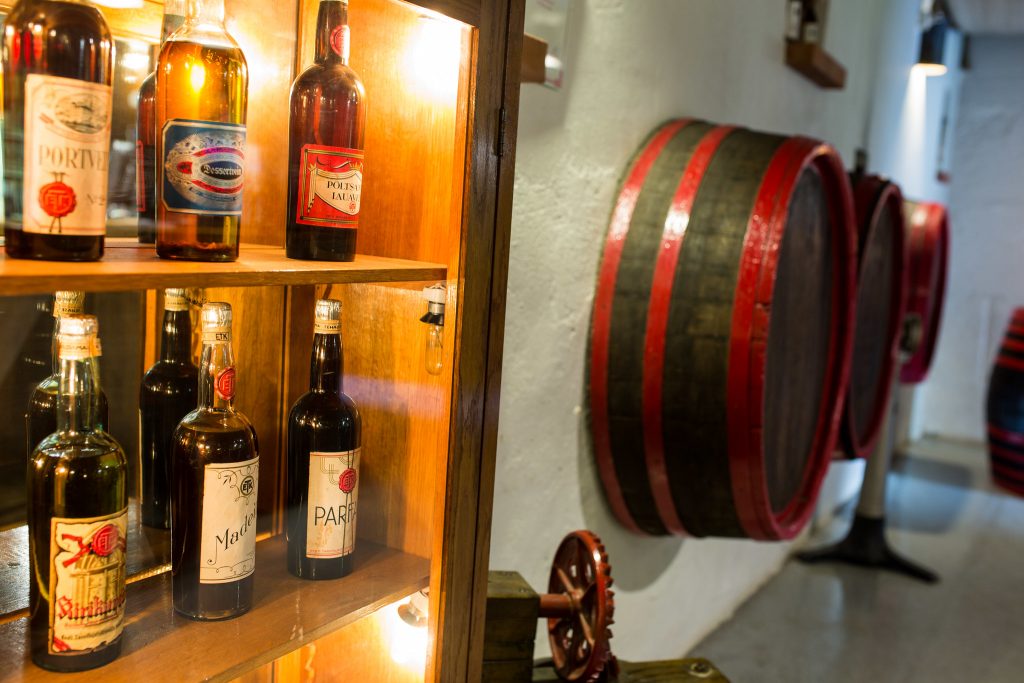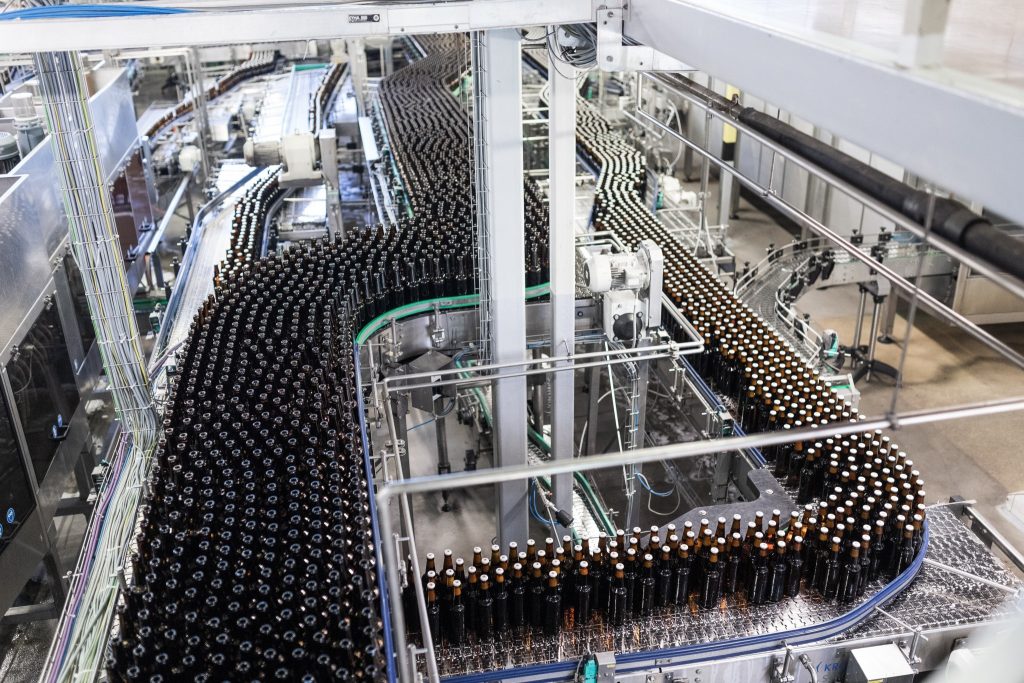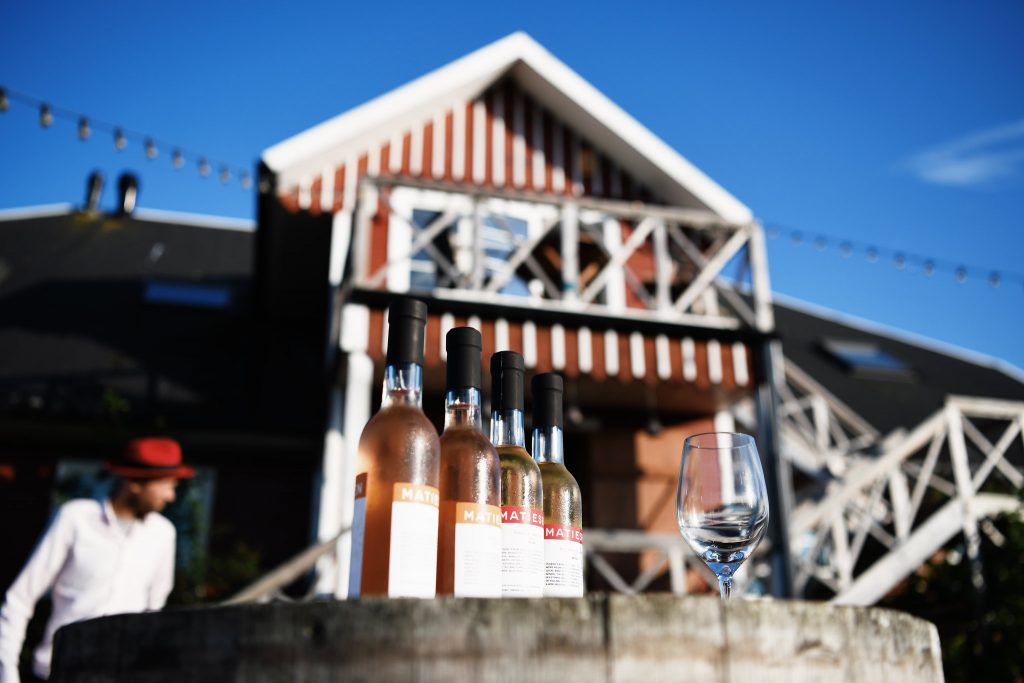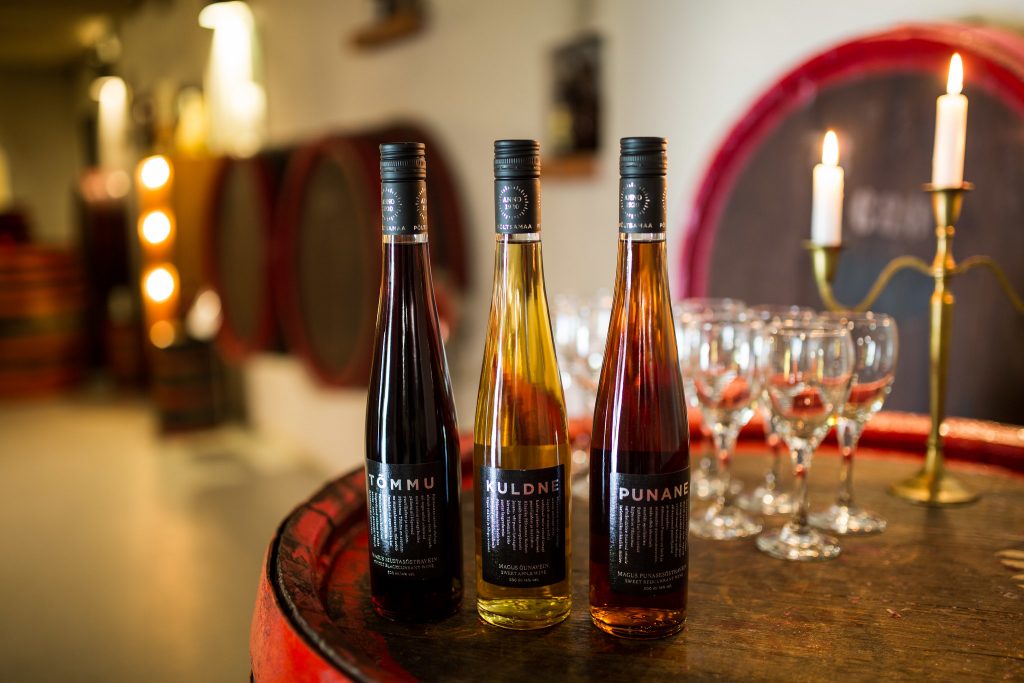For wine collectors collecting this liquid art, Estonia would currently not be on top of the list; but as with many other surprising facts about this country, an interesting and rapid expanding variety of wines are produced there, writes Joubert Odendaal, a South African-native.*
The history of wine making in Estonia has the same basic coordinates, going back just more than a century. The first wine producer was Luscher & Matiesen, whose roots go back to 1910 when the company was established in Moscow and then later re-opened in Tallinn in 1921.
Another wine producer that started at around the same time was Põltsamaa wines, located in a small historic town located in the middle of Estonia. Wine production kicked off there in 1921, and its wines quickly became extremely popular across the country.
To get an overview of the history and how the wine drinking culture developed, the museum of the Estonian Drinking Culture, situated on Toompea hill in Tallinn, is well worth a visit. This museum is in an 800-year-old cellar in the Old Town and is also suitable for hosting dinner parties, private and company events, seminars and the like. This incredibly unique setting with a view over the rooftops of Tallinn is an unforgettable experience.

As Estonia is the northernmost cereal-growing country in the world due to a cool climate, it should perhaps not be completely surprising that wine is also produced here. This weather also enables the wine industry to grow at a steady pace. Since Estonia regained its independence from the Soviet Union in 1991, the wine drinking culture has gained ground quickly with wine also being imported from countries across the globe to keep up with this culture.
Climate change a game changer
Climate change and global warming has forced the wine industry to adapt over the last two decades, and the range of latitudes where the weather is ideal to cultivate grapes is busy moving northward in the northern hemisphere. This will cause countries like Estonia, where it was previously too cold to plant grapes on large scale, to become serious players in the wine industry. Not only can wines be produced on a much larger scale, but wine tourist farms will become an increasing popular attraction for tourists in the increasing longer summers.
Although Estonians traditionally preferred beer and vodka as their alcoholic beverage of choice, the popularity of fine wines has increased steadily over the past 25 years or so. According to statista.com, the revenue in the wine segment reached approximately $280m in 2019, and the market is expected to grow by 4% annually in the next four years. With regards to the amount of wine consumed, the volume is expected to reach 23.5 million litres (6.2 million US gallons) by 2023 from an approximately 22 million litres (5.8 million US gallons) in 2019.

Since independence in 1991, the wine producers in Estonia have started to dip their toes into producing a wide variety of tasty wines. Wine is not only produced on the mainland, but also on Muhu island. Although there are not many wine farms across the country today, they are located right across the country and even on an island.
When most people think about wine, they have an alcoholic drink made from grapes in mind. But when we look at the definition of the word “wine” in the Oxford Dictionary, we get the following definition: an alcoholic drink that is usually made from grapes but can also be made from other fruits or flowers. It is made by fermenting the fruit with water and sugar.
Wide variety to choose from
Wine in Estonia is mostly produced from a variety of fruits and berries, and not only from grapes. In fact, by far, the most wines are produced from high quality and local produced berries and fruits. Ott Hein from the Allikukivi winery told Estonian World that they currently produce seven unique wines, of which rhubarb wine is most popular, followed by a green currant wine. For wine lovers tasting Estonian wines for the first time, this interesting variety of wines will definitely come as a pleasant surprise.

As with the case of other wine producing countries, the food industry is also intertwined with it. You will therefore find that food and wine festivals are usually organised jointly to maximise this all-round experience. Two of these festivals that are attracting many people are the Tartu food and wine festival, as well as the Saaremaa food festival on the islands of Saaremaa and Muhu.
At these festivals, the local Estonian wines have the opportunity to distinguish themselves in the company of fine Estonian cuisine. You might have a rhubarb wine from Allikukivi winery with marinated herring. Or you might indulge yourself at Christmas time or a wedding with a 2017 rose wine with the name “Teine” (“Second”) from Luscher & Matiesen Muhu Winehouse, together with head cheese – a type of meat jelly.

The prices of the wines produced in Estonia are quite reasonable. Prices will vary from around €12 to €16 per 750 ml bottle. Wine tasting packages are also being offered due to popular demand, and these tailormade packages will only set you back €10 per wine lover. This will typically include a tour of the wine estate and manor, as well as the tasting of three different wines.
“Tasa sõuad, kaugele jõuad,” which translates to “row slowly, go far”. Slowly but surely the Estonian wine industry is busy developing in a valuable an exciting industry.
Cover: The wines of Põltsamaa winery (Visit Estonia). * This article was originally published on 1 June 2020.

